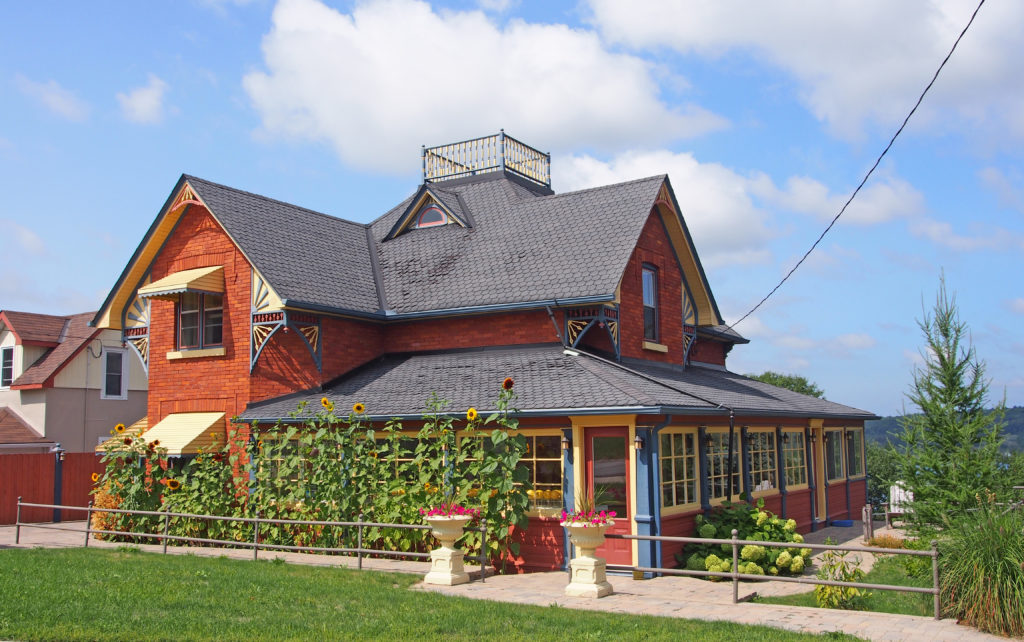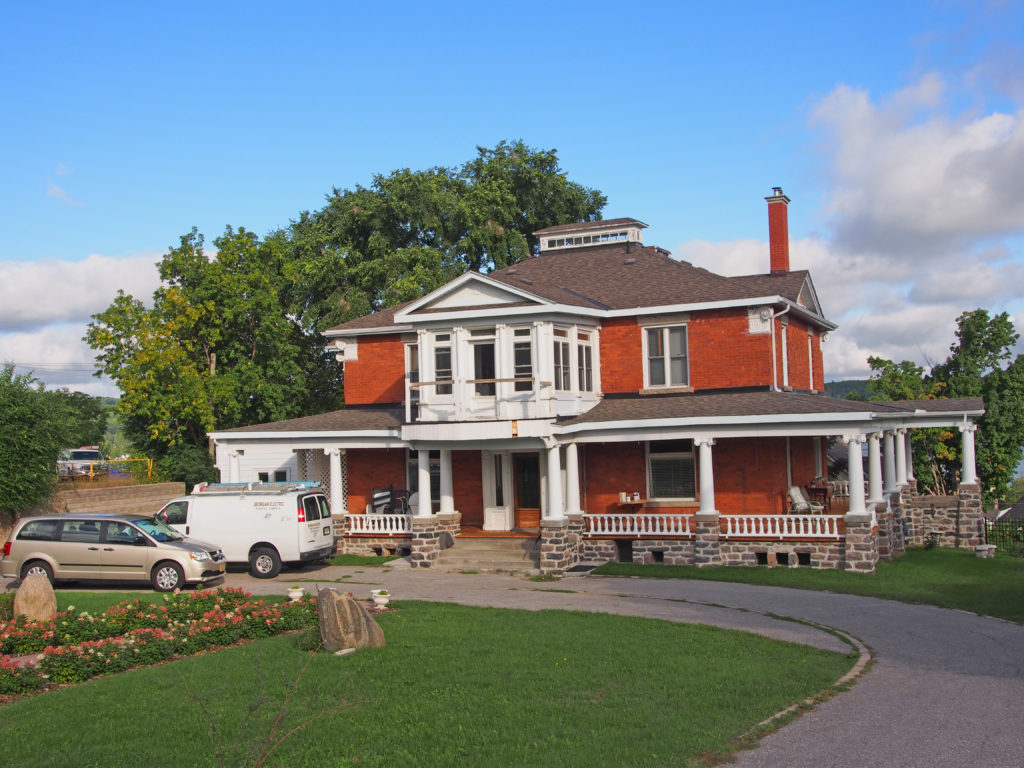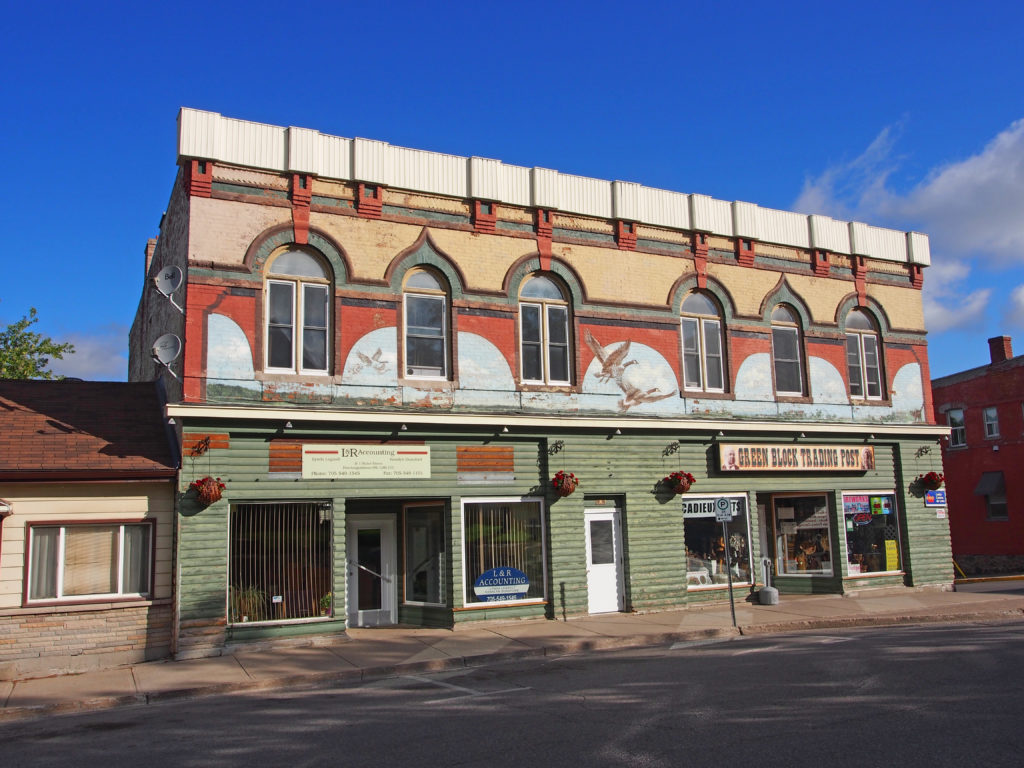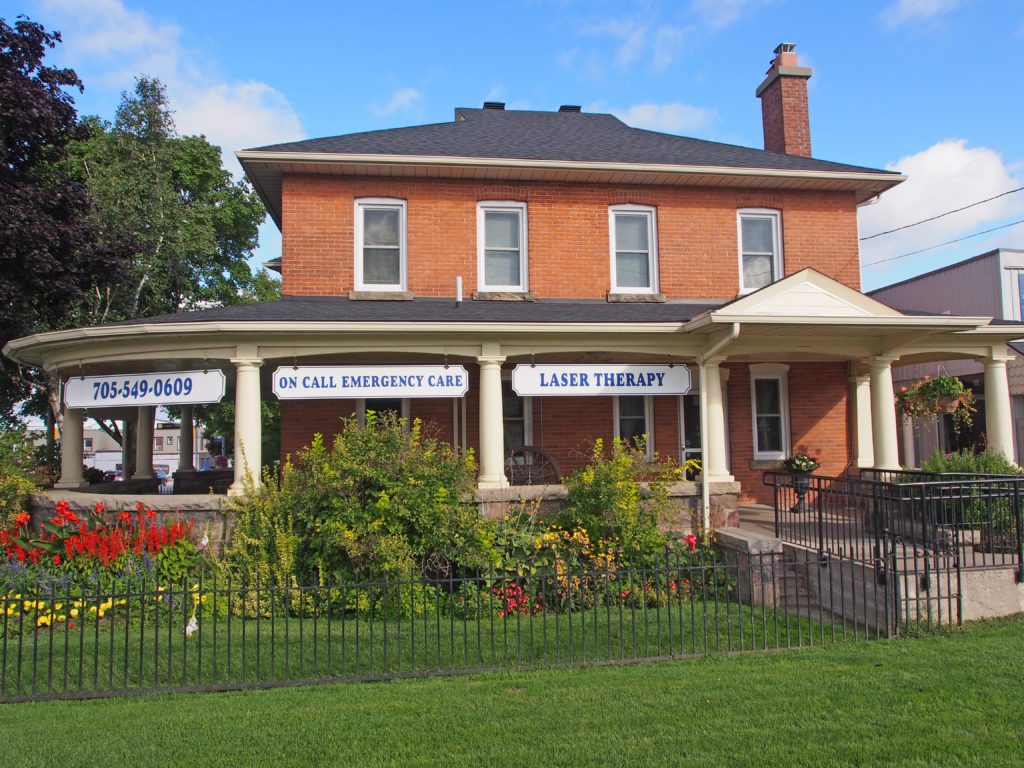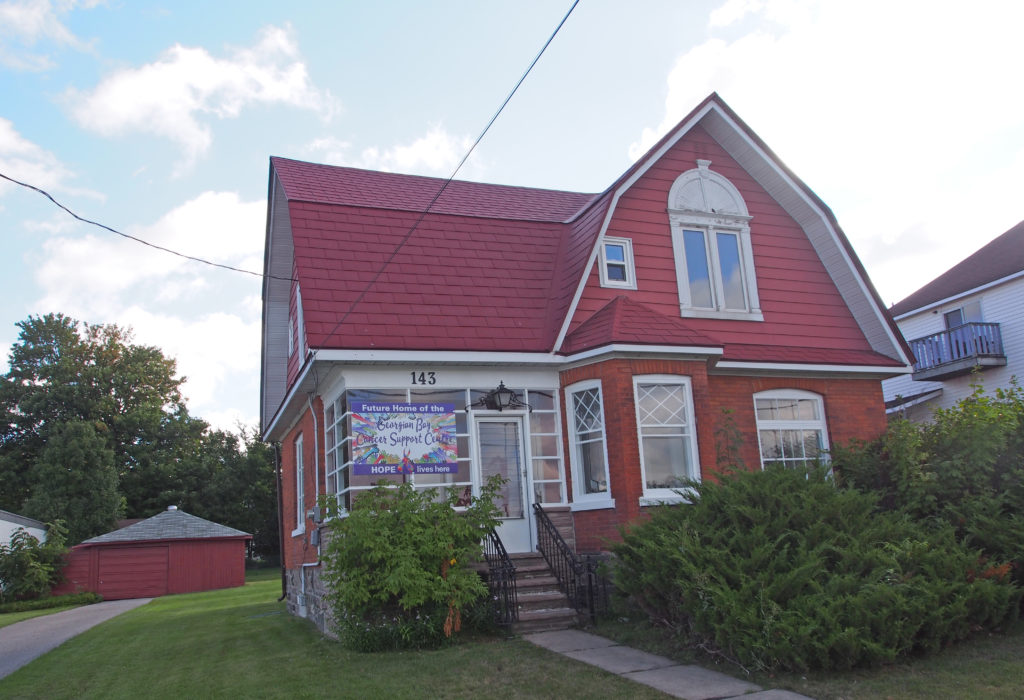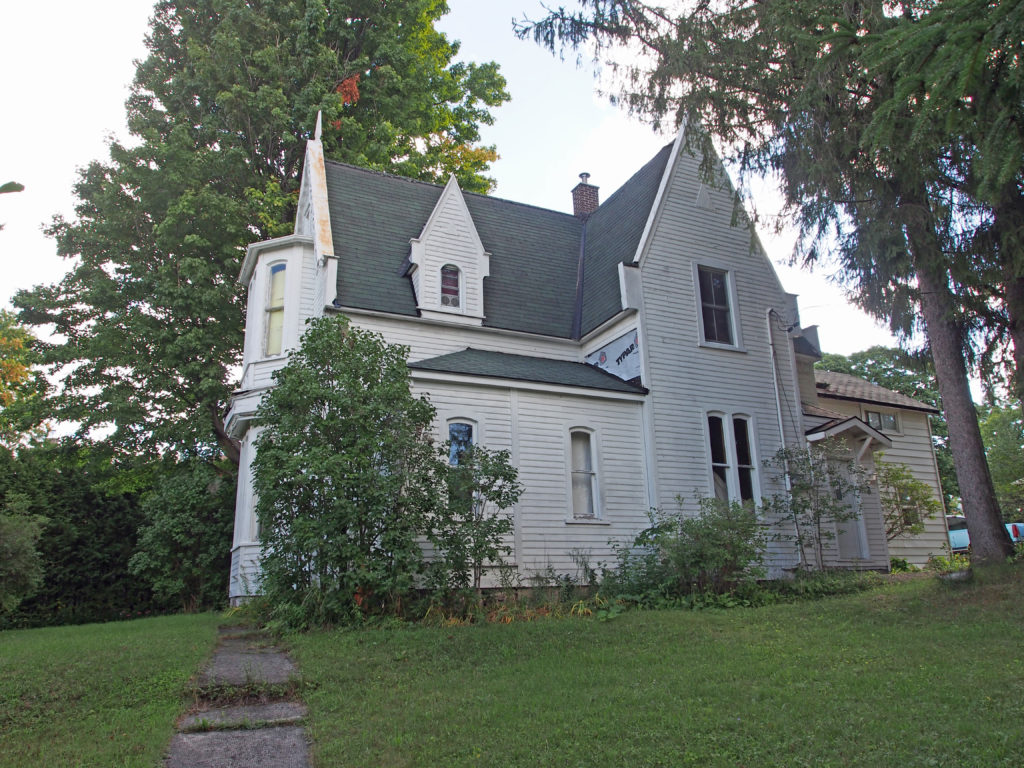Penetanguishine, Ontario – My Top 9 Picks
Penetanguishene, sometimes shortened to Penetang, is a town on the southeasterly tip of Georgian Bay. It is a bilingual, French and English, community. The name means “land of the white rolling sands”.
As early as 800 A.D., the Huron settled in semi-permanent villages in the area. The young French translator, Etienne Brule, was the first European to set foot in the Penetanguishene area between 1610 and 1614.
In 1793, John Graves Simcoe, the first Lieutenant Governor of Upper Canada, visited the area and saw the location’s potential as a naval base. He wanted to use the bay to shelter warships to protect British interests on lakes Huron, Erie and Michigan. Beginning in 1814, the British-Canadians built the Penetanguishene Road to provide the area a land route to Barrie and Toronto, as it was previously accessible only by water transport along the rivers or across Georgian Bay. In 1828, the main British military establishment on the Upper Lakes moved from Drummond Island to Penetanguishene. Families of Metis fur traders who had moved with the British from Michilimackinac to Drummond Island after the War of 1812, moved again to Penetanguishene. The trip from Drummond Island took from fourteen to eighteen days and the bateaux were extremely crowded as they often carried eighteen people along with provisions and household goods. Although the naval base was closed in 1834, the military base remained until 1856. Some of the troops settled in the area after their service was complete providing an English-speaking population.
In the 1840s, French-speaking families from Quebec (mainly from the area immediately east of Montreal), attracted by promises of cheap and fertile land, joined the French-speaking settlers already in the area. Later, as the logging industry began to develop, more English-speaking settlers arrived.
Alfred Andrew Thompson came to Penetanguishene in 1830 at the age of 15 to work as an assistant to Andrew Mitchell, Sr., a fur trader on Water Street. In 1840, Alfred erected a mercantile store on the corner of Water and Main Streets known as the Green Block. It was the only market in the area where farmers could sell their produce of butter, eggs, and vegetables for cash to pay their taxes. In 1847, Alfred married Sarah Anne Burke and they had three sons and two daughters. Alfred was an Anglican involved in the affairs of St. James-on-the-Line Church.
Michael Gendron, born in Quebec of French parents, came here in 1835 and established a tannery on the banks of Copeland’s Creek, and later a second tannery on Main Street. “Gendron Penetangs†were a type of moccasin made of hand-stretched, oil-tanned leather, sturdy enough to be used by lumberjacks, prospectors, hunters and surveyors. They were regulation issue for soldiers in World War I.
Joseph Dubeau and his family came to the area in 1859; he started a livery stable and moved families from Penetanguishene to Midland.
The C. Beck Manufacturing Company operated from 1875 to 1969 selling wholesale lumber, shingles, lath, pails, tubs and wooden ware to firms in Ontario, Quebec, western Canada and the northern United States.
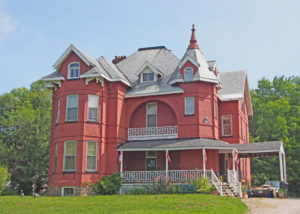
83 Fox Street – 1885 – home of Charles Beck and Amelia Dalms who had nine children (6 boys, 3 girls) – Queen Anne style – fretwork, turret, dormer, second-floor balcony, string courses wrap around the house; unique shape of window in gable


